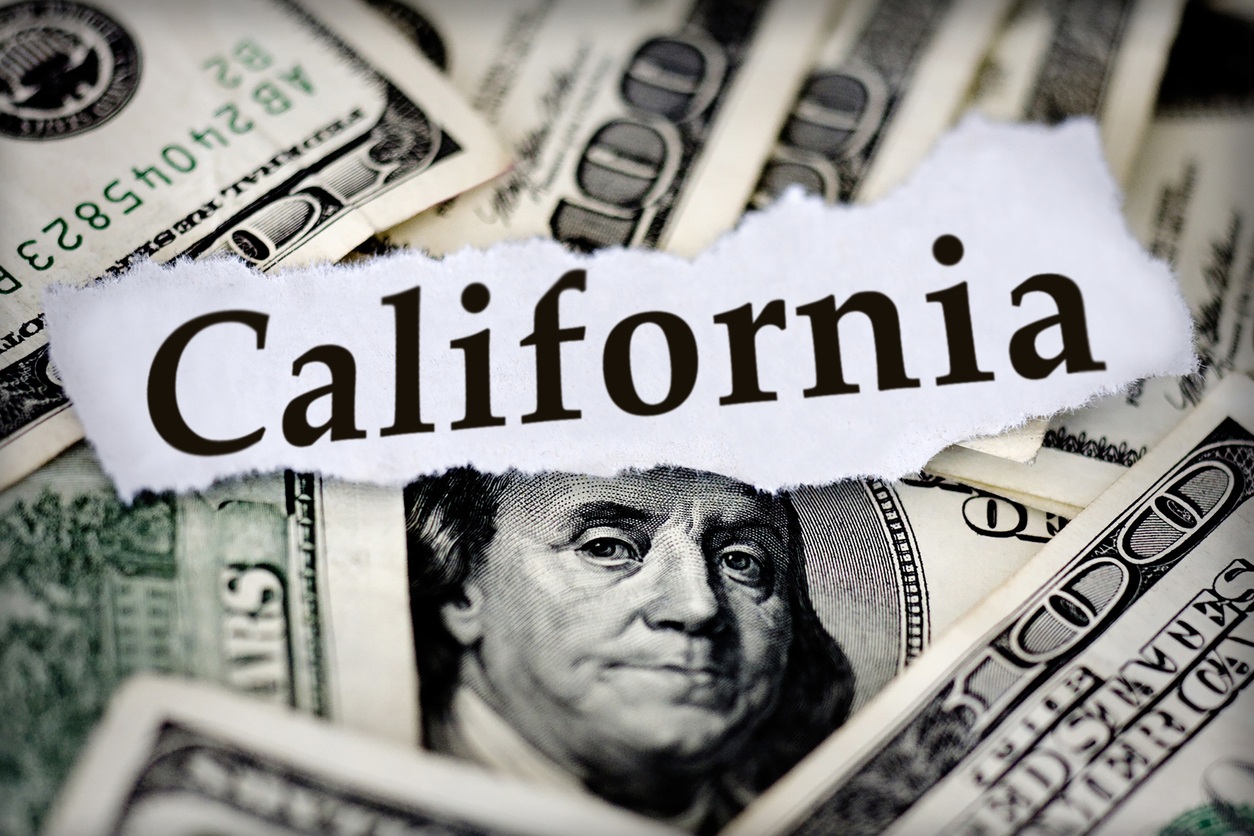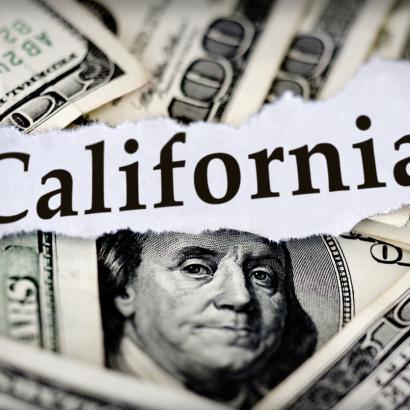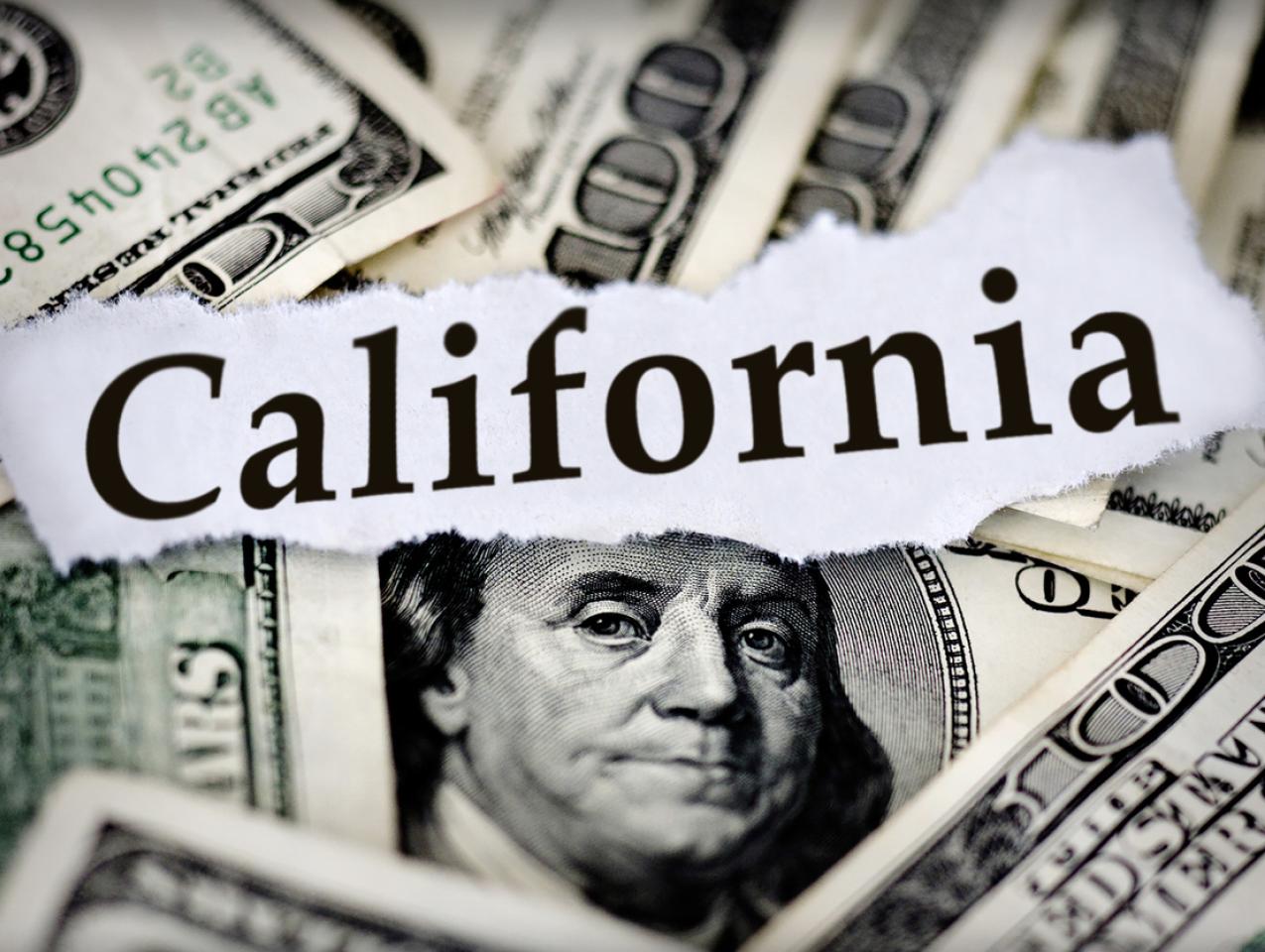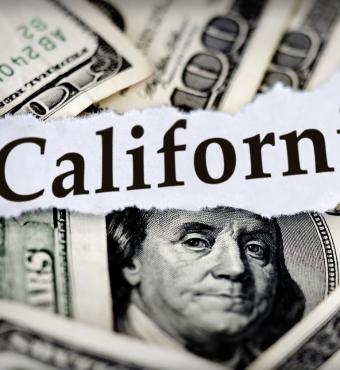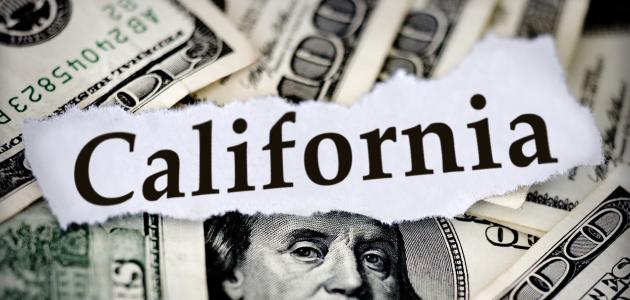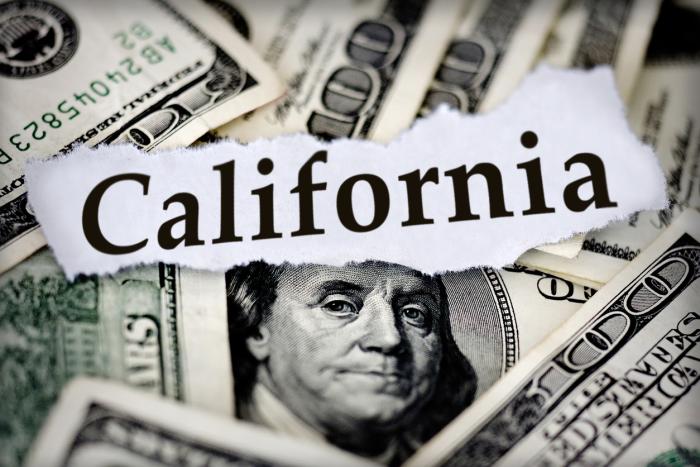Last month, California’s Legislative Analyst’s Office, or LAO, which is the nonpartisan state department that advises California’s policymakers on the state’s fiscal issues, increased their estimate for the state’s 2024–25 budget deficit to $73 billion. This estimate substantially exceeds Gavin Newsom’s estimate of a $38 billion deficit. Both estimates stand in sharp contrast to the state’s $100 billion surplus from two years earlier.
The deficit is the consequence of the state’s unwise and unsustainable choice of enormously expanding spending while its tax base declined. In the four years since February 2020, which was just before COVID restrictions were adopted across the country, California has lost more than 410,000 jobs. In that same four-year period, the rest of the country has added more than 7.3 million jobs. California’s job loss largely reflects the state’s population loss of 472,000 since 2020. But there are also fewer opportunities for those who are still here, as the state’s 5.3 percent unemployment rate is the nation’s highest.
Jerry Brown, who preceded Gavin Newsom as California’s governor, signed his last budget, which totaled $201 billion, for the 2018–19 fiscal year. The state’s 2023–24 budget is $310.8 billion, which equals a per capita spending increase of nearly 57 percent compared to 2018–19 and represents a 31 percent increase after adjusting for inflation.
To put this increase in perspective, Florida’s per capita spending increased 22 percent over this same period. After adjusting for inflation, Florida increased state spending by only 2.5 percent. Florida is an interesting comparison, because it is one of the country’s fastest-growing states, having added more than 1 million people since 2018. A growing population puts more pressure on state budgets because of the additional capital spending on infrastructure that is required to support a rapidly increasing population. Thirty one percent versus 2.5 percent higher spending per capita speaks volumes about which state is fiscally responsible and efficient and which one isn’t.
California received more bad fiscal news last week when its auditors completed their review of California’s 2021–22 finances. And yes, if you are wondering, the audit is nearly a year late. The federal government requires state audits to be published no later than March 31 after the previous fiscal year, but California hasn’t respected this deadline for several years. California state controller Malia Cohen is hoping for improved reporting by 2025, though others in Sacramento say California may not be compliant until 2032, due to a delayed implementation of new financial reporting software. The software was supposed to have been installed and debugged by now, but we seem to live in a state that has absolutely no expectations to respect a deadline. Unless of course it is a deadline that a taxpayer faces.
The auditors found that California understated its 2021–22 liabilities by about $29 billion. This understatement reflects the chronic dysfunction of the state’s Economic Development Department (EDD), which paid out roughly that amount in fraudulent unemployment claims in 2020. The auditor noted the EDD still does not have adequate internal controls over its financial reporting in place. And the reason I call the EDD chronically dysfunctional is because it has had five independent audits of its operations over roughly the last decade because of its poor performance. It seems no one within the state leadership is demanding accountability from the EDD, no matter how poor their performance is, how much it costs the state, or for how long they have failed to deliver.
It is interesting that I could not find a story about the state’s $29 billion shortfall in any of California’s major newspapers, including the Los Angeles Times, the San Francisco Chronicle, the Sacramento Bee, the San Jose Mercury News, or the San Diego Tribune. Perhaps they want to spare their readers the bad news. Or perhaps they have given up reporting on the state’s fiscal problems, which seem to have no end in sight.
Around the time of the 2007–8 financial crisis, California faced a budget deficit of about $40 billion, which led to state worker furloughs and layoffs, the use of state IOUs, and a temporary increase in the state sales tax and in the top income tax rate. But when it came time for those temporary tax increases to sunset, only the sales tax rate returned to its previous level. The state’s top income tax rate was permanently raised to 13.3 percent, which is now up to 14.4 percent reflecting a mental health tax and an uncapped state disability tax.
California’s constitution requires a balanced budget. But despite a projected deficit that is almost twice as high as it was during the financial crisis, Sacramento has offered little in the way of specifics for dealing with this. I expect Newsom will declare a fiscal emergency, which would allow the state to substantially tap into California’s $23 billion “rainy day” fund. Newsom recently stated that he and legislators agreed on reducing the budget gap by $12 billion–$18 billion, but neither he nor Democrats in the State Senate or Assembly indicated how this was to be achieved.
Hypothetically speaking, even using all the reserves and cutting spending by $18 billion would still leave a deficit of over $30 billion. Newsom’s last budget proposal assumed a deficit of $38 billion, nearly 50 percent smaller than the LAO’s $73 billion current estimate. Newsom explained the large difference between his estimate and the LAO’s as being due to his “optimism” about the state.
Optimism will not balance the budget. What is needed is a wholesale review of how major departments within the state are funded. State employee compensation is about twice as high as that in the private sector. The state’s education budget last year exceeded $120 billion, but only one out of four kids is proficient in math, English, or science. The average cost of incarceration in California is nearly $133,000 per prisoner per year. It seems there is plenty of low-hanging fruit here, but knowing California lawmakers, that fruit will remain unpicked.
Some state legislators are looking for new taxes, including a wealth tax, which would ultimately devastate California. Newsom states he opposes new taxes, but $73 billion isn’t chump change, and California’s constitution requires a balanced budget to begin on July 1.
It takes some doing to go from a $100 billion budget surplus two years ago to a $73 billion deficit today. But California policymakers did it, and now they are scrambling to figure out what to do. And they have only about three months to get it done.







